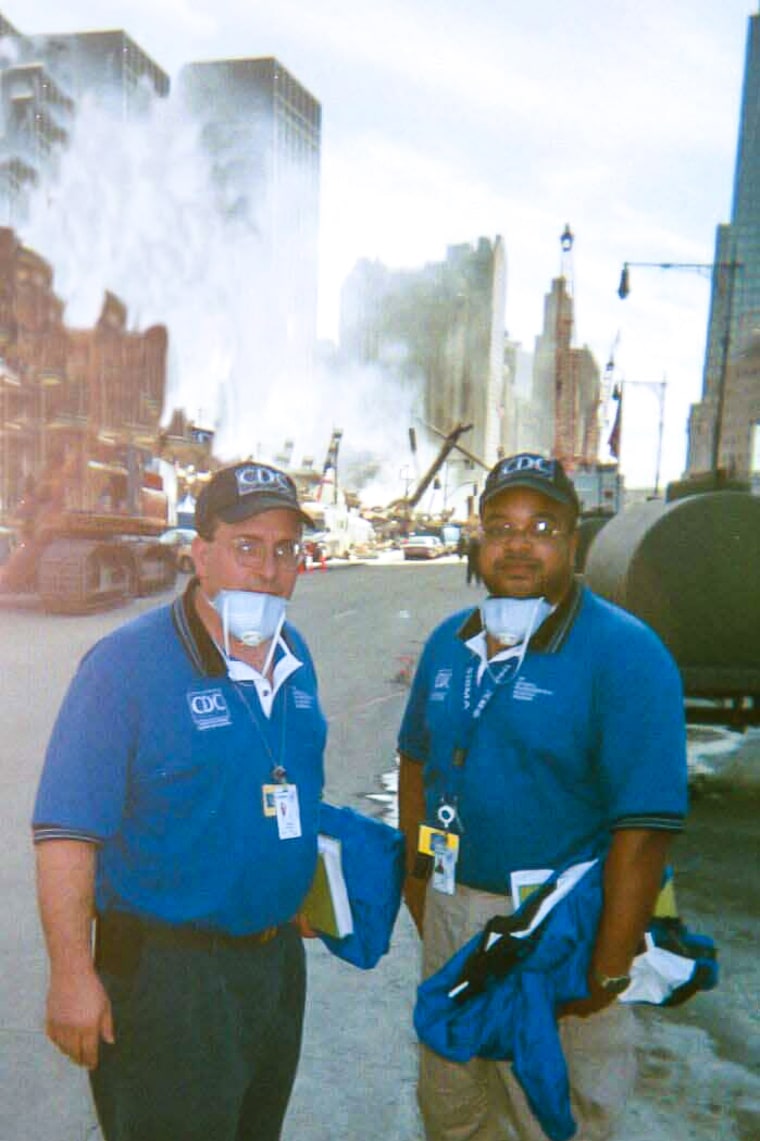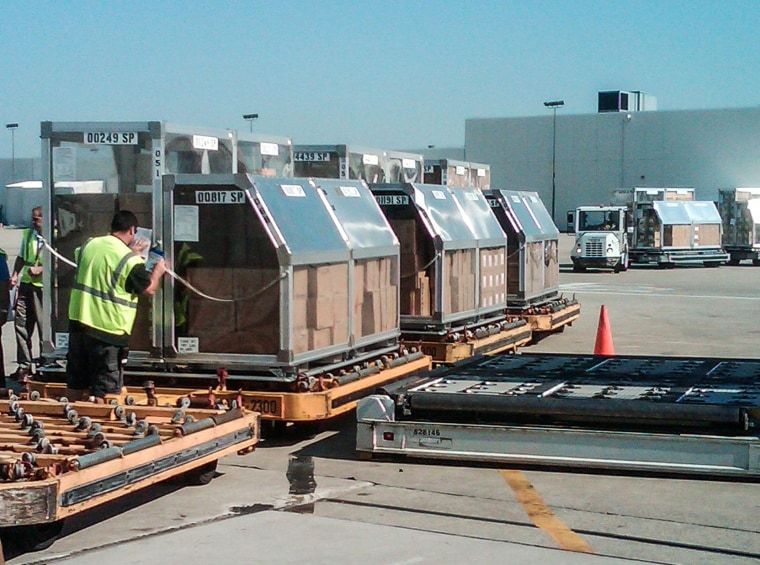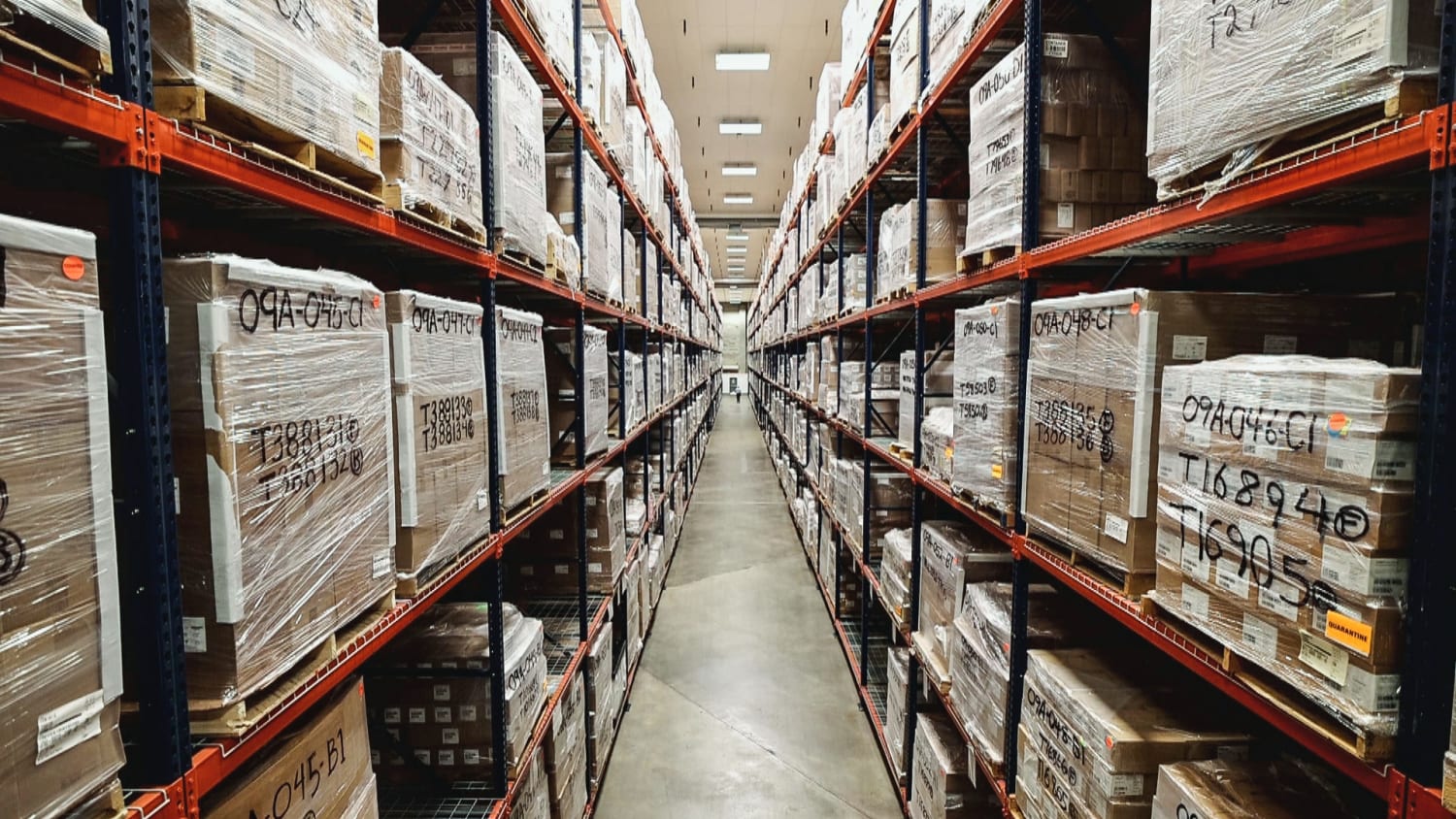According to one estimate, the U.S. would’ve needed up to 3.5 billion N95s to adequately protect health care workers and first responders.
Burel blamed the lack of preparedness on a funding shortfall — federal officials were given about $700 million of the $1 billion they requested from Congress. With that money, he said, the stockpile “would have been in a better place to be responsive, at least with personal protective equipment, to SARS-CoV-2.”
“Everyone thought that [the stockpile] was supposed to open its doors and hand out PPE to everybody at that moment. It wasn’t set up to do that at the time.”
dawn o’connell
It’s uncertain whether extra funding would’ve made any difference, experts say.
Supplies like personal protective equipment generally weren’t part of the stockpile’s inventory. The masks that were purchased in 2009 weren’t part of the normal stockpile budget; instead, they were bought with supplemental funds appropriated to combat the H1N1 swine flu pandemic.
“Everyone thought that [the stockpile] was supposed to open its doors and hand out PPE to everybody at that moment,” O’Connell said about the beginning of the pandemic. “It wasn’t set up to do that at the time.”
A focus on what the market couldn’t provide
Steven Adams, who now directs the stockpile, said that officials thought the market would be able to supply the country with masks, if needed.

“The thinking had been for many years that the commercial market would be able to provide things like N95s,” he said. No one anticipated a global demand for the “same things at the same time.”
Instead, the people in charge of the stockpile had focused on acquiring and storing medical supplies that had no alternatives and that the market couldn’t provide.
“Investments for the stockpile were prioritized around unique items like smallpox vaccine and anthrax vaccine that wouldn’t exist in a commercial market unless the U.S. government was buying them,” Adams said.
The supplies in the warehouses, “billions of dollars” worth, were essentially useless for responding to Covid, said Andrew Lakoff, a University of Southern California expert on global health and national security.
“The vast majority of them didn’t do us any good in dealing with coronavirus,” he said. “They were specifically focused on a range of fairly obscure and, frankly, unlikely diseases like a smallpox attack or an anthrax attack. What we really needed was enough PPE and enough ventilators and so on.”
Who stocks the stockpile?
Deciding what specifically goes into the stockpile falls to a highly bureaucratic and secretive multi-agency group of government health officials called the Public Health Emergency Medical Countermeasures Enterprise, or PHEMCE.
The group’s task sounds straightforward enough: Identify potential threats and what medical supplies are needed to counter those threats.
PHEMCE spans nine agencies, including the Centers for Disease Control and Prevention, the Biomedical Advanced Research and Development Authority and the Department of Defense.
But a number of key stakeholders were kept out of the loop, including domestic manufacturers and health care workers, a critical error that severely hindered how it could both prepare and respond to threats, according to a National Academies of Science, Engineering and Medicine report released in 2021. The report was commissioned last summer by O’Connell to understand where the PHEMCE faltered and how it could improve moving forward.

The most apparent failure in the beginning of the pandemic — the lack of masks — could have been avoided with better coordination between the government and domestic manufacturers, Lakoff said.
To remedy that, the National Academies report recommended including domestic manufacturers in the decision-making process for what goes into the stockpile.
How can the stockpile improve?
The lack of communication between PHEMCE and health care workers was laid bare in the early months of the pandemic, as New York hospitals overwhelmed with dangerously ill Covid patients scrambled to find ventilators for life support.
The stockpile was able to supply ventilators, but when they arrived, hospitals didn’t know what to do with them — they were not the models health care workers had long been trained to use, said Gigi Gronvall, an immunologist and researcher at the Johns Hopkins Center for Health Security and co-chair of the National Academies committee that produced the report.
“Eventually if the stockpile is going to be used, it’s going to be used not by the people who are managing the stockpile, but by health care providers and people in public health,” she said.
Source: | This article originally belongs to Nbcnews.com









